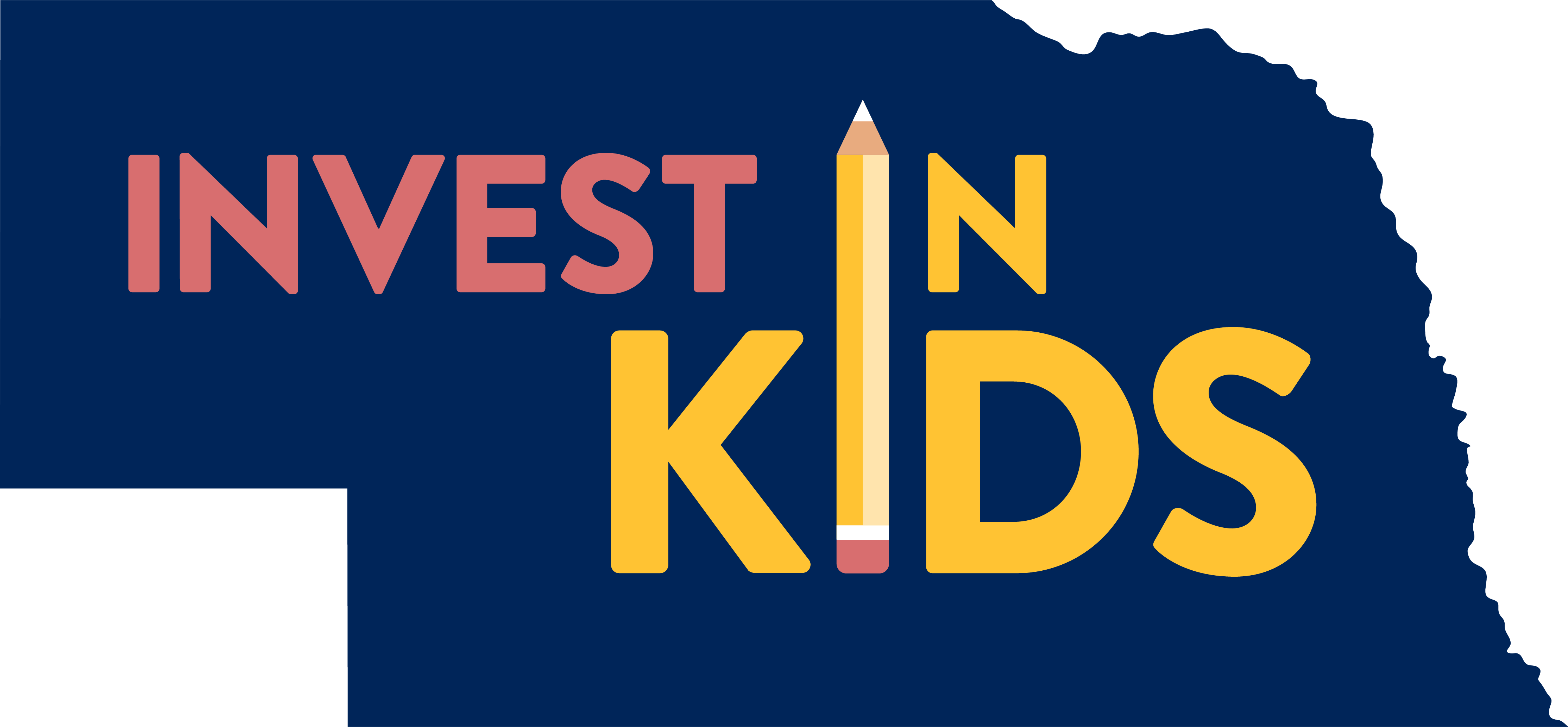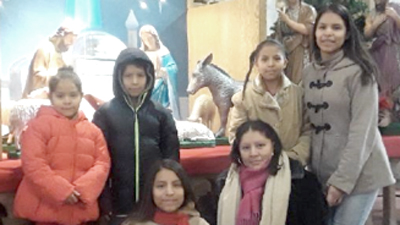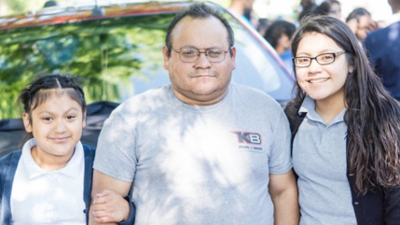Taxpayer Savings
Taxpayer Savings
Tax-credit scholarships provided expanded school access and taxpayer savings.
It’s all about finding the right educational fit for every Nebraska student, and making that choice a family decision.
To understand how tax-credit scholarships can save Nebraska taxpayers money, it’s important to understand these tax credits and how they work.
How will it work in Nebraska?
If legislation passes implementing tax-credit scholarship programs in Nebraska, low-income and working families will be granted greater access to high-quality private schools by providing incentives for businesses and individuals to get involved in transforming the lives of children through education. These programs provide companies and individuals tax credits for donating to nonprofit organizations that provide scholarships to students.
-
The proposed program provides a 100% state income tax credit for donations to SGOs.
-
The state will provide for $10 million in total income tax credits, with the amount of tax credits available increasing every year if 95% of the income tax credit cap is reached.
-
Donors can receive tax credits for their financial contributions, provided that the donation does not exceed 50% of their state income tax liability.
How will this help Nebraska?
Similar tax-credit scholarship programs currently exist in 18 other states, and these states have realized more than $1.8 billion in savings all together.
Several independent studies reinforce potential tax savings Nebraska stands to receive should school choice opportunities be made available. Here are a few examples:
-
The Florida Tax Credit Scholarship Program saved $36.2 million in Fiscal Year 2008–09 according to the Florida Legislature’s in 2010.
- Iowa’s tax-credit scholarships program achieves net state savings of about $12 million annually according to the Iowa Department of Revenue.
-
An Oklahoma City University studied concluded Oklahoma’s tax-credit scholarship program saved $1.39 in state revenue for every $1 in tax credits spent in 2017.



